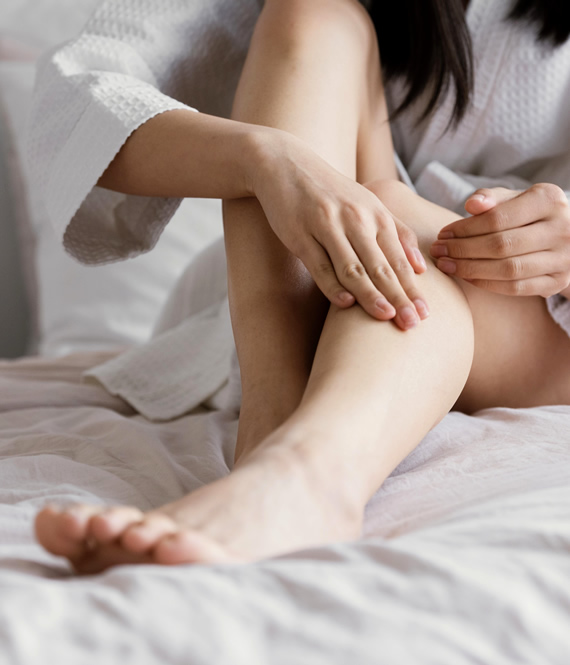
Varicose Veins Are Troubling: Here’s How to Manage and Prevent Them
We recommend helpful products in our articles. Read our full disclosure here. The content on this website is not intended to be a substitute for professional advice, diagnosis, or treatment.
Varicose veins are a condition that affects a significant portion of the population, with prevalence increasing with age.
These veins are characterized by their enlarged and twisted appearance, which can cause discomfort, pain, and aesthetic concerns.
However, with advances in medical technology, many effective treatments are now available to address this common problem.
In this article, we will delve deeper into the causes and symptoms of varicose veins and explore the various treatment options available, specifically for those seeking varicose vein treatment.
What are Varicose Veins?
Varicose veins are enlarged, twisted veins that often appear blue or dark purple.
They can occur anywhere in the body but are most commonly found in the legs and feet.
Varicose veins are caused by weakened valves, allowing blood to flow backward and pool.
This can cause the veins to become enlarged and twisted over time.
Several factors can contribute to the development of varicose veins, including genetics, pregnancy, obesity, and a sedentary lifestyle.
Symptoms may include pain, swelling, itching, and a feeling of heaviness or fatigue in the legs.
Left untreated, varicose veins can lead to more severe complications, such as ulcers and blood clots.
Cause of Varicose Veins
The exact cause of varicose veins is not fully understood.
Varicose veins occur when leg veins’ valves weaken or damage, causing blood to pool and bulge.
Venous insufficiency, prolonged sitting/standing, genetics, age, pregnancy, obesity, hormonal changes, and blood clots can cause it.
Some risk factors like age and genetics cannot change, but a healthy weight, physical activity, and avoiding prolonged sitting/standing can reduce the risk.
Symptoms of Varicose Veins
Varicose veins can cause a range of symptoms, including:
- Enlarged, twisted veins that are visible on the surface of the skin;
- Swelling in the legs, ankles, or feet;
- Aching or heaviness in the legs;
- Throbbing or cramping in the legs;
- Itching or burning around the veins;
- Skin discoloration or ulceration around the veins.
Risk Factors for Varicose Veins
Varicose veins are swollen, twisted veins just below the skin, usually in the legs.
When vein valves fail, blood pools in them and enlarges them.
Several factors can increase the risk of developing varicose veins, including:
Age: The risk of developing varicose veins increases as the valves in the veins weaken over time.
Gender: Women are more likely than men to develop varicose veins due to hormonal changes during pregnancy, menopause, or the use of birth control pills.
Family History: Varicose veins tend to run in families, suggesting a genetic component.
Obesity: Excess weight puts additional pressure on the veins, making them more susceptible to valve damage.
Pregnancy: Hormonal changes and increased pressure on the veins during pregnancy can contribute to the development of varicose veins.
Prolonged Standing Or Sitting: Jobs or activities requiring prolonged standing or sitting periods can increase the risk of varicose veins.
History Of Blood Clots: A history of blood clots in the legs increases the risk of damage to the valves in the veins.
Injury Or Trauma: Injuries to the legs or trauma can cause damage to the veins and increase the risk of varicose veins.
Sun Exposure: Long-term exposure to the sun can cause damage to the skin and veins, increasing the risk of varicose veins.
Smoking: damages the blood vessels and can increase the risk of varicose veins.
Treatment options available for varicose vein
Several treatment options are available for varicose veins, depending on the severity of the condition and the individual’s preferences.
Here are some of the most common options.
Lifestyle Changes
Certain lifestyle modifications can help manage varicose veins, such as regular exercise, maintaining a healthy weight, avoiding prolonged sitting or standing, and wearing compression stockings.
Sclerotherapy
This minimally invasive spider vein treatment procedure involves injecting a solution into the affected vein, causing it to collapse and eventually fade.
Multiple sessions may be necessary for optimal results.
Endovenous Laser Treatment (EVLT)
This procedure uses laser energy to seal the affected vein, redirecting blood flow to healthy veins.
It is a relatively painless and minimally invasive option.
Radiofrequency Ablation (RFA)
RFA uses heat energy to destroy the affected vein, causing it to shrink and eventually disappear.
It is typically performed under local anesthesia and has a high success rate.
Vein Stripping
This surgical procedure involves removing the affected vein through incisions in the skin.
It is usually reserved for more severe cases of varicose veins.
Your healthcare provider can help you determine the best treatment option for you based on your needs and medical history.
Conclusion
Varicose veins are a common condition that affects many people, especially as they age.
They can cause discomfort, pain, and cosmetic concerns, but many effective treatment options are available.
From lifestyle changes to minimally invasive procedures and surgery, individuals with varicose veins have various options to manage their condition and improve their quality of life.
By working with a qualified healthcare provider, you can find the best treatment approach for your unique needs and restore your confidence in your appearance.
Don’t let varicose veins hold you back – take control of your health today.
"We love to research problems, examine studies, analyze solutions, and share with you ideas that make life healthier. You can learn about us and our editorial standards here. Have suggestions or feedback to share? Send us a message!."

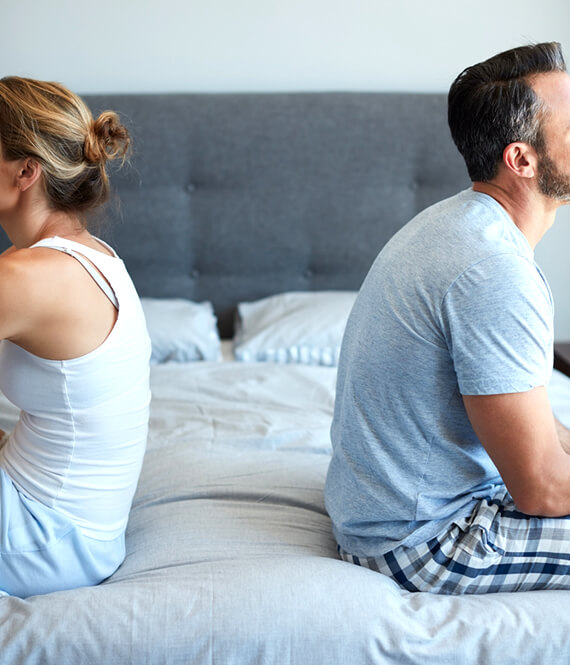

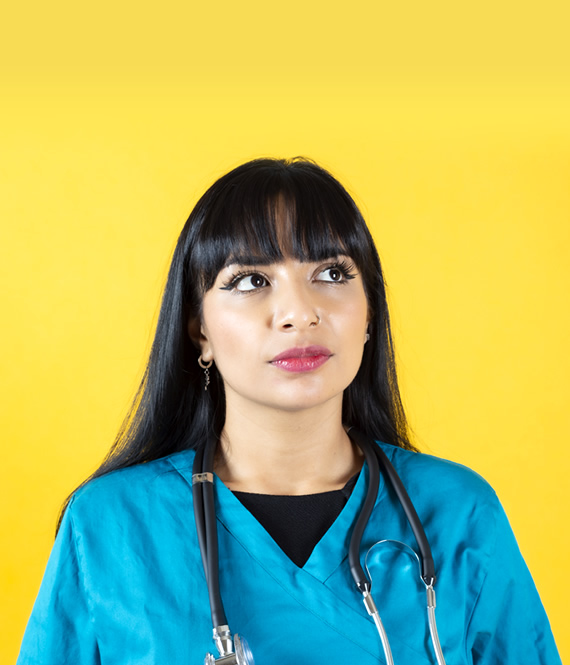
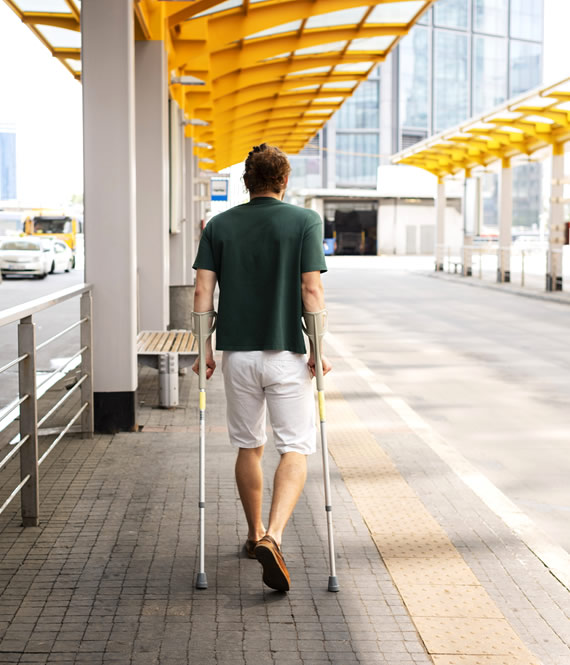
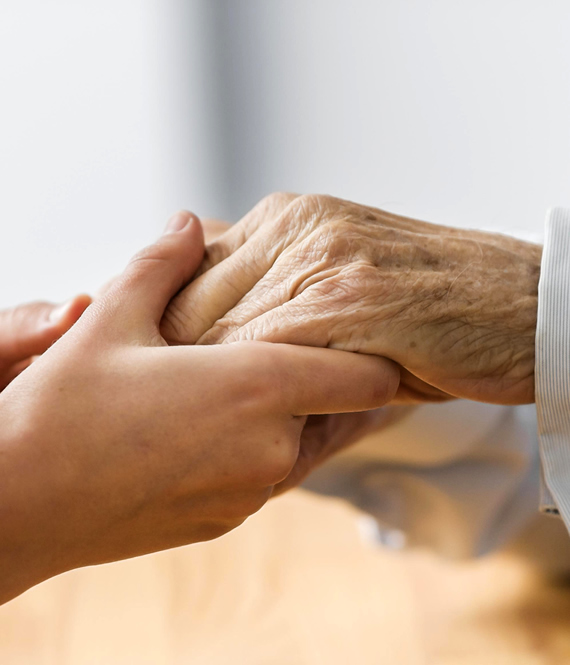
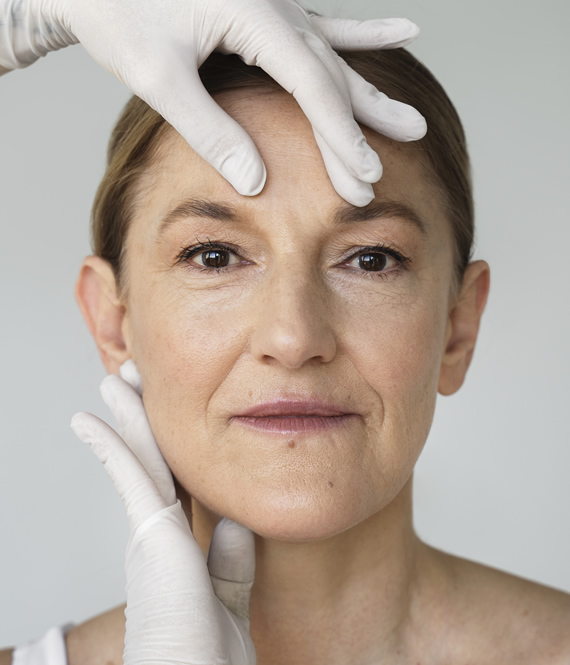
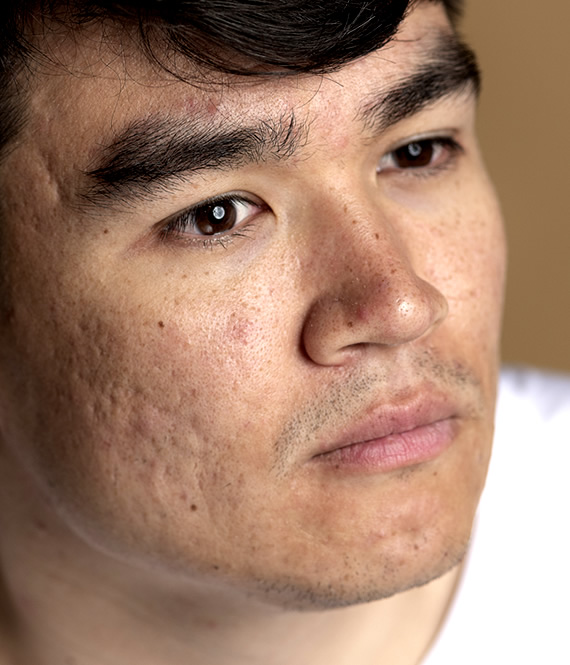
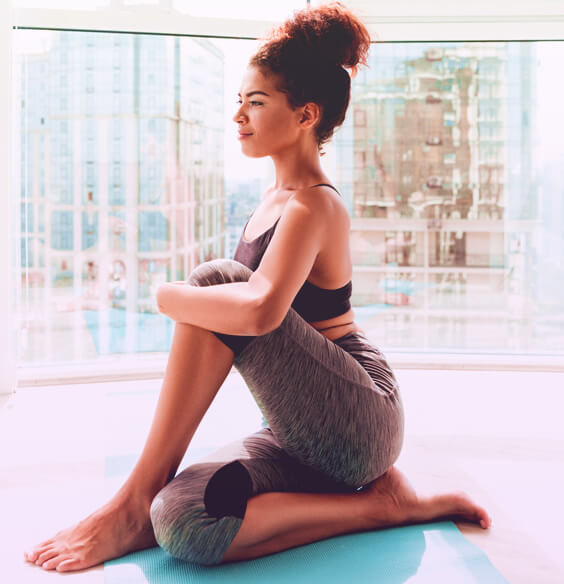



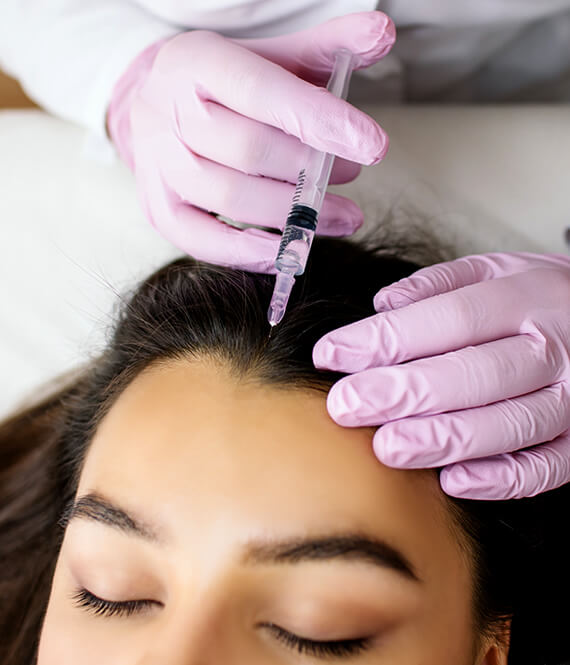
Leave a Comment